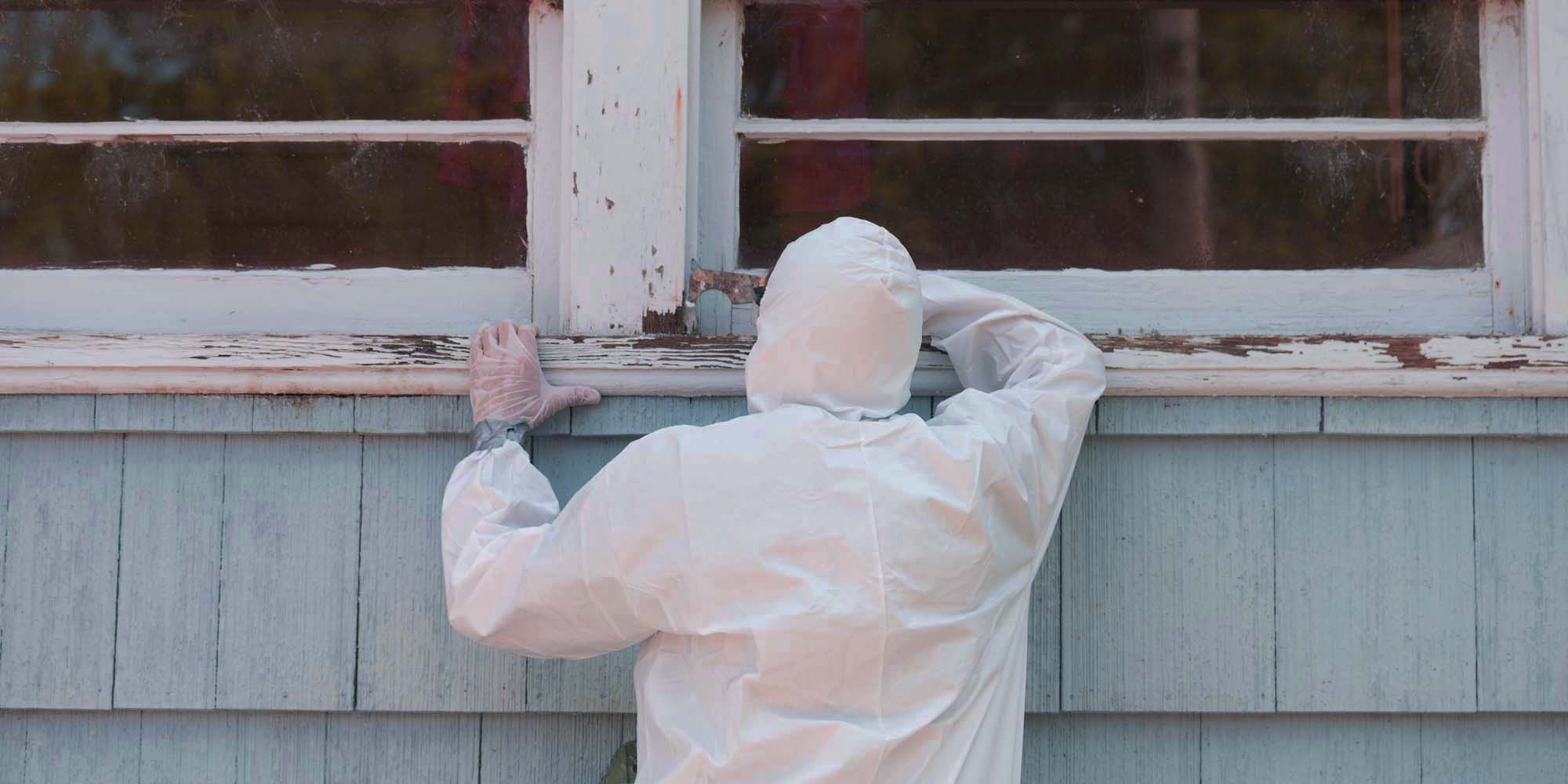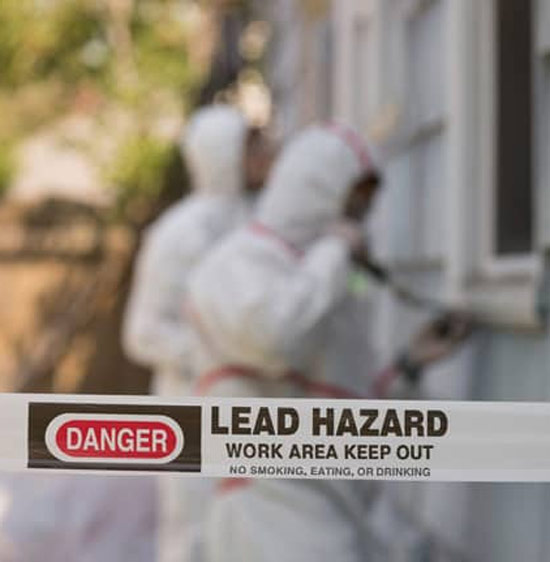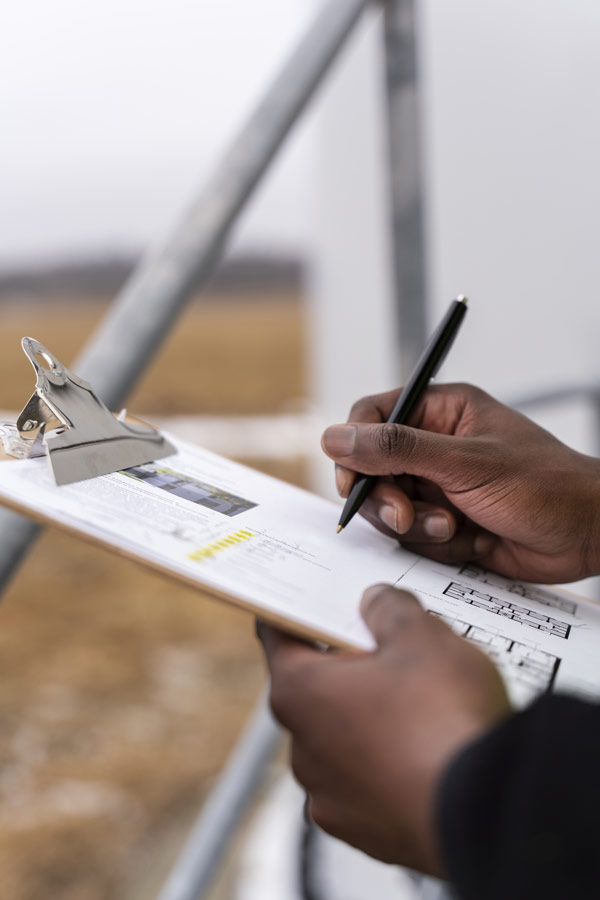Specialist Lead Paint Removal Company-- Offering All NYC Boroughs
Comprehensive Guide on Effective Lead Violation Removal Methods
In the world of ecological safety, dealing with lead infractions requires a thorough and organized approach. This comprehensive guide begins by highlighting the vital preliminary actions of recognizing lead threats via innovative assessment and testing methods. Techniques such as XRF evaluation and dirt clean tasting are crucial in pinpointing contamination resources. Furthermore, the overview specifies on the value of adhering to rigid safety protocols throughout the elimination procedure, consisting of the usage of appropriate PPE and isolating influenced areas (Lead Paint Removal Company). The succeeding areas guarantee to talk about post-removal verification and preventative methods, making sure long-lasting safety and conformity. Discover the complex details that make these techniques not simply efficient but essential.
Identifying Lead Dangers
Identifying lead dangers is a vital primary step in minimizing the dangers linked with lead exposure. Lead, a hazardous steel, can be present in different ecological mediums, including paint, dirt, water, and dust. It presents extreme health dangers, specifically to children and expecting females, leading to neurological damage and developing hold-ups. Therefore, accurate recognition of possible lead sources is vital for reliable removal.
The preliminary stage in determining lead risks involves recognizing typical lead sources within the constructed atmosphere. Structures developed before 1978 are especially at risk as a result of the widespread use lead-based paint throughout that duration. Furthermore, soil contamination can happen from degrading exterior paint, industrial emissions, or historical usage of leaded gasoline.
Another significant resource is lead piping and pipes fixtures, which can leach introduce drinking water. Customer products such as toys, ceramics, and imported items might likewise include hazardous lead levels. Notably, occupational environments and hobbies including lead can track pollutants right into homes.
Assessment and Testing
When dealing with lead threats, efficient assessment and screening are critical. First evaluation commonly includes an aesthetic assessment to identify potential lead sources, such as deteriorating paint or polluted dust.

Dust clean sampling is another important technique, specifically in household settings. By collecting examples from floors, windowsills, and other surfaces, this approach provides insights into potential direct exposure risks. In addition, soil screening around structure boundaries is necessary to discover lead contamination that might posture risks, particularly to children.
Safe Removal Treatments
Upon completing thorough evaluation and testing, implementing secure removal procedures is the next important stage in dealing with lead threats. This process guarantees that lead-contaminated materials are effectively and securely gotten rid of, lessening threat to both employees and locals. The first action entails separating the damaged location making use of plastic sheet and correct sealing strategies to avoid the spread of lead dirt.
Employees have to wear proper personal protective devices (PPE), including respirators, handwear covers, and disposable coveralls, to mitigate direct exposure. Utilizing specialized tools and damp techniques, such as wet fining sand or using HEPA-filtered vacuum cleaners, minimizes the dispersion of lead fragments. It is vital to prevent dry fining sand or abrasive blowing up, as these approaches can produce damaging lead dirt.
Waste disposal is another crucial part; all contaminated materials need to be securely landed and classified according to EPA and regional regulations. Furthermore, comprehensive cleansing of the workplace with HEPA vacuum cleaners and damp wiping makes certain the removal of recurring lead particles.
Post-Removal Confirmation

Verification of effective lead removal, understood as post-removal confirmation, is crucial to ensure the security and habitability of the remediated location. This procedure involves a series of thorough assessments and tests created to detect any type of recurring lead fragments that might pose health and wellness threats. The first step usually consists of an aesthetic inspection to evaluate the completion and high quality of the removal job. This examination ensures that all recognized sources of lead have been attended to which no noticeable learn the facts here now indicators of contamination continue to be.
Following the visual inspection, environmental sampling is performed. This entails accumulating dirt, dirt, and in some cases water samples from the remediated area. Accredited laboratories assess these examples to determine lead levels, ensuring they drop listed below the security thresholds established by governing bodies such as the Epa (EPA)
On top of that, air quality testing might be done to discover airborne lead particles, specifically in cases where extensive lead-based paint elimination or restoration has occurred. The outcomes of these tests give measurable data validating that the Discover More Here lead degrees are within acceptable restrictions.
Eventually, post-removal verification offers as an essential checkpoint, verifying the effectiveness of the lead reduction efforts and guarding the health and wellness of residents and site visitors.
Precautionary Actions and Maintenance

A key preventive action includes using lead-safe accredited specialists for any type of remodelling, repair work, or paint tasks. These specialists are educated in methods that decrease lead dust and particles. Additionally, preserving coloured surfaces to prevent damaging or peeling is necessary, as deteriorating paint can release lead fragments into the atmosphere.
Educational efforts targeting home proprietors and tenants concerning the threats of lead and the importance of reporting any prospective dangers can better enhance precautionary initiatives. Regular cleansing making use of HEPA vacuums and wet mopping techniques can substantially reduce lead dust build-up.
Final Thought
In recap, efficient lead violation elimination requires a meticulous technique including thorough analysis, accurate screening, and strict elimination procedures. Recurring assessments and maintenance are necessary to reduce future lead threats, consequently safeguarding public health and wellness and ensuring continual conformity with regulative needs.